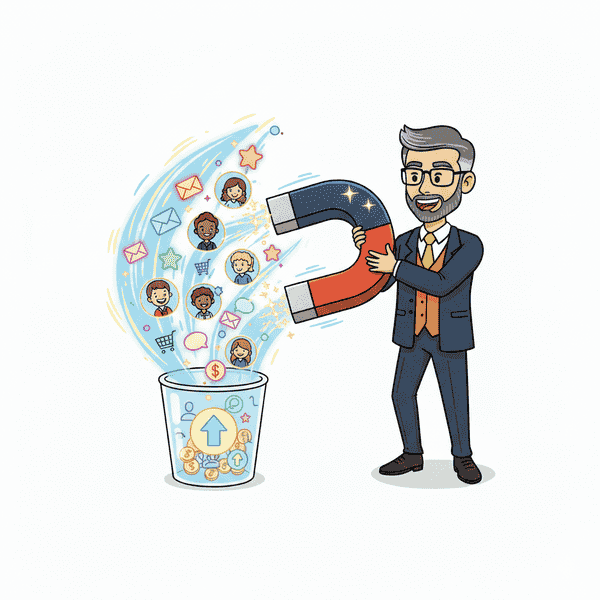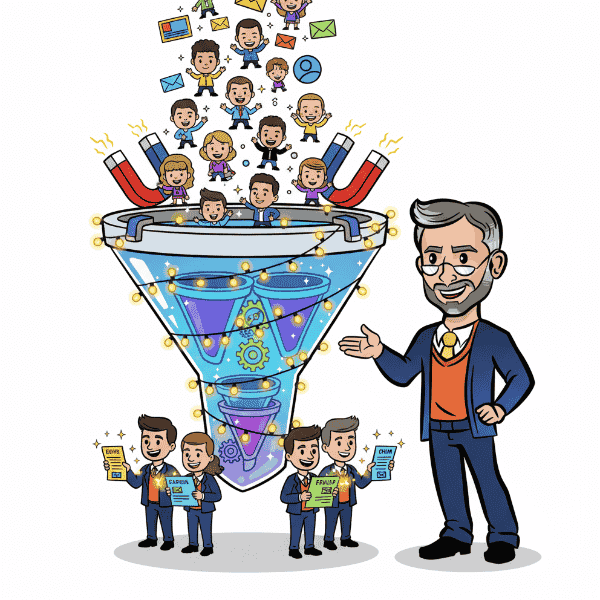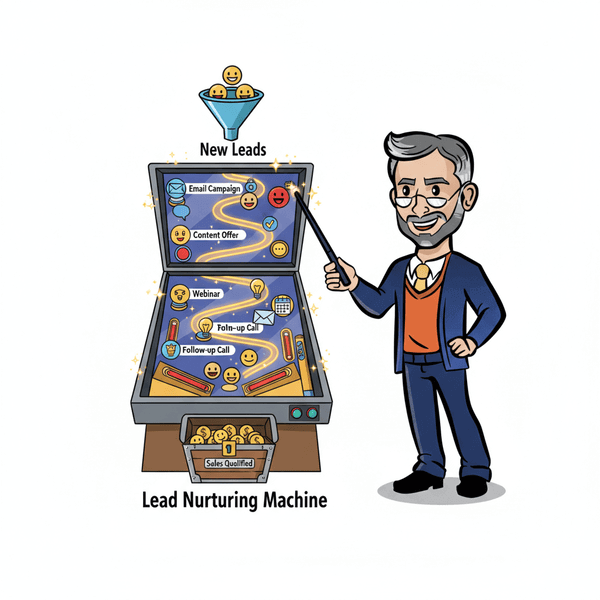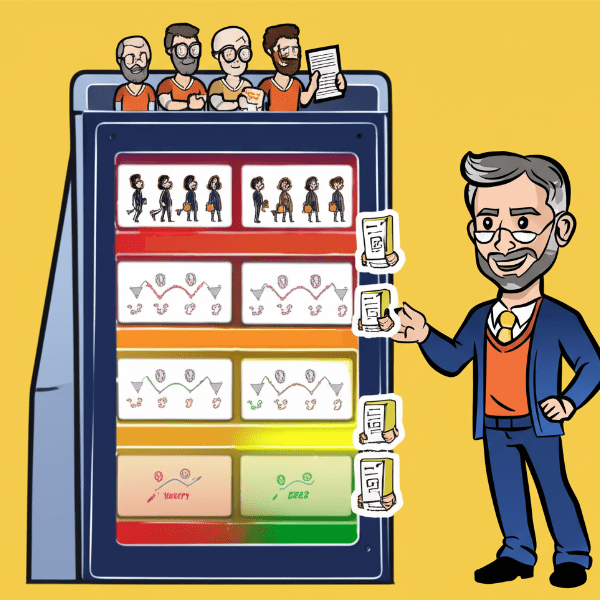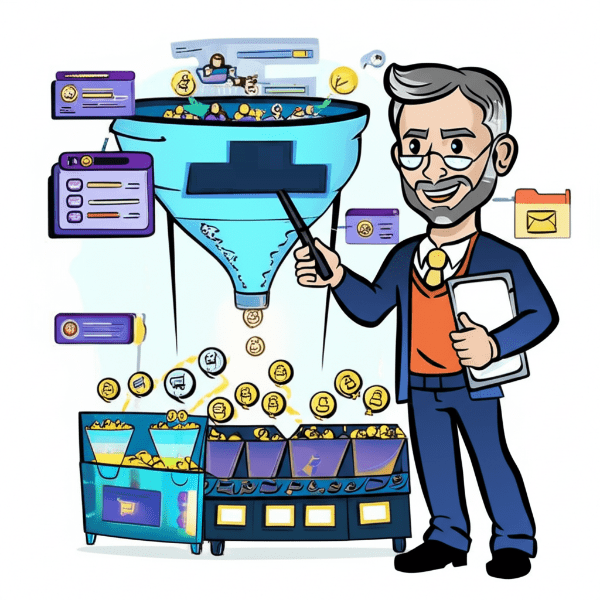Definition: A lookalike audience strategy is a digital marketing approach where advertisers use data from existing customers or high-value audiences to find and target new users who share similar characteristics, behaviors, or interests. Platforms like Facebook, LinkedIn, and Google use machine learning to build these audiences, helping brands reach prospects who are more likely to convert.
Use it in a Sentence: The e-commerce brand applied a lookalike audience strategy on Facebook to target users similar to their top customers, resulting in higher engagement and lower acquisition costs.
Why it Matters
Reaching the right audience is one of the biggest challenges in marketing. Lookalike audience strategies allow businesses to scale efficiently by extending proven audience insights to new, qualified prospects. This reduces wasted ad spend, improves campaign performance, and accelerates growth by connecting with people who are statistically more likely to take action.

Benefits of a Lookalike Audience Strategy
- Higher Quality Leads: You’re not targeting just anyone—you’re reaching people who already behave like your top customers.
- Increased ROI on Ad Spend: By focusing ad efforts on high-potential users, you minimise waste and increase conversions.
- Scalable Growth: Once your loyalty points system has a strong user base, you can continuously build new lookalikes to fuel consistent expansion.
- Stronger Retention: Users who match your best customers are more likely to respond to perks, rewards, and ongoing engagement.
- Smarter Data Use: A lookalike audience strategy maximises the value of your first-party data, especially from your loyalty points system.
Key Elements of Lookalike Audience Strategy
- Source Audience Quality: Start with a clean, high-quality list—ideally pulled from your most active loyalty points system participants or high-value customers.
- Platform Targeting: Platforms like Meta Ads, Google, and LinkedIn offer powerful tools to build lookalikes—choose the one that best fits your customer journey.
- Audience Size Calibration: Smaller lookalikes tend to match more closely to your source, while broader ones offer more reach—test both depending on your campaign goal.
- Creative Alignment: Ensure that your messaging, imagery, and offers resonate with your lookalike group—especially if you’re promoting your loyalty points system as a differentiator.
- Iterative Testing: Refresh your source audience regularly, run A/B tests on different lookalike segments, and refine your strategy based on performance.
More Definitions
(From the Sales & Marketing Jargon Encyclopedia)
- Local SEO Optimization: The process of improving your online presence to attract more business from local searches on search engines like Google.
Read More> - Lead Nurturing: The process of building relationships with potential customers by providing relevant content and personalized communication throughout their buying journey.
Read More> - Intent Data: Information showing a prospect’s online actions that signal purchase interest.
Read More> - Long-tail Keywords: Specific, often longer search phrases that target niche audiences and usually have lower competition but higher intent.
Read More>
Useful Posts
(From the Sales Funnel Professor Blog)
- Top of Funnel: Organic Social Strategies: Learn how to build brand awareness using unpaid social media content and outreach.
Read More> - SEO Top of Funnel Strategies: Dive into organic tactics that increase visibility at the awareness stage without a paid budget.
Read More> - How to Find Low-Hanging Fruit in Sales & Marketing: Discover practical ways to identify quick wins and easy-to-implement strategies that don’t require a big spend.
Read More>













